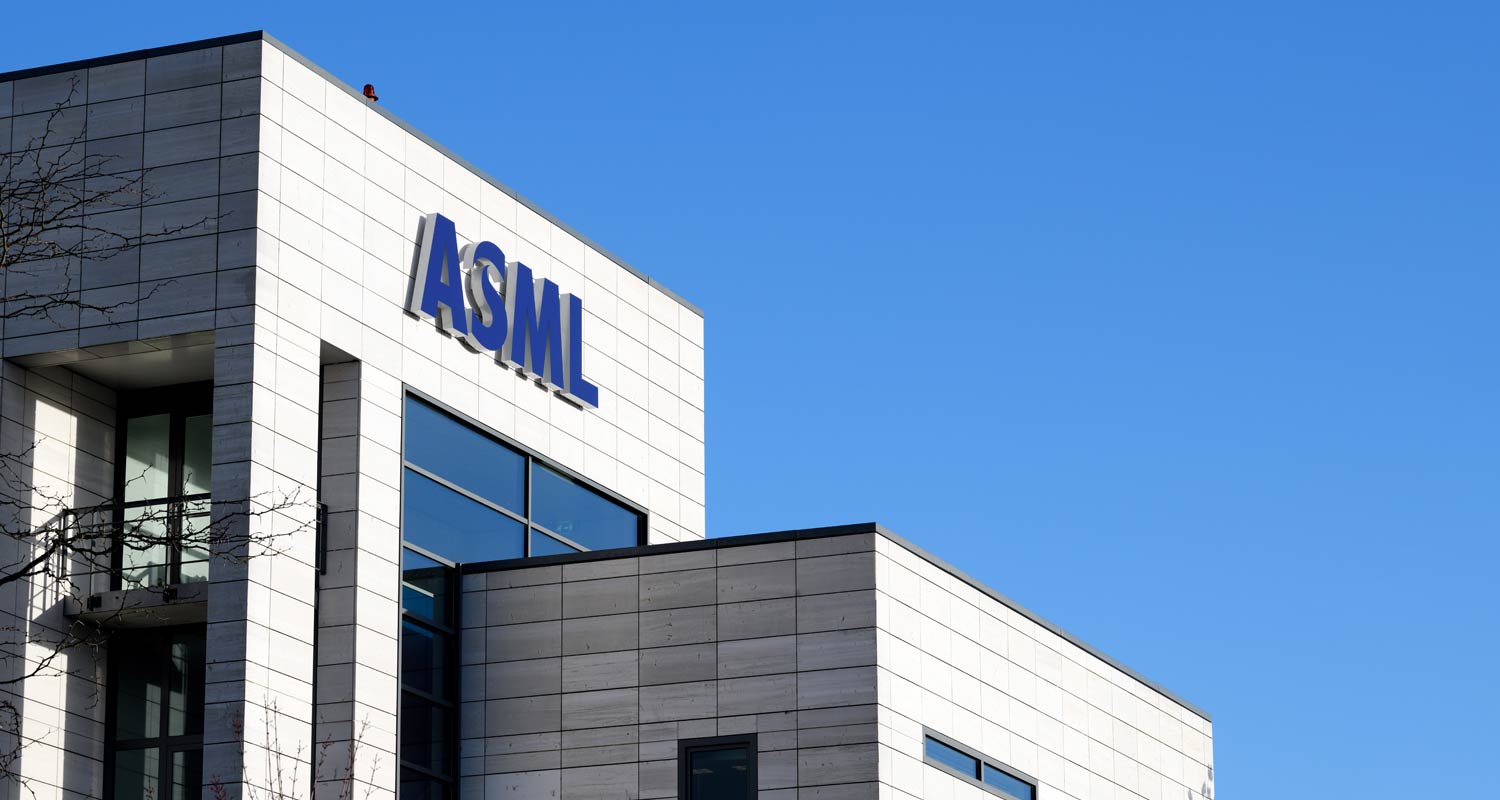 ASML is showing off its latest chip-making machine, a €350-million (R7.2-billion) behemoth that weighs as much as two Airbus A320s and that the company claims will be “essential” for chip makers who want to participate in the artificial intelligence boom.
ASML is showing off its latest chip-making machine, a €350-million (R7.2-billion) behemoth that weighs as much as two Airbus A320s and that the company claims will be “essential” for chip makers who want to participate in the artificial intelligence boom.
The system, called High-NA extreme ultraviolet, has already won orders from Intel, which got the first machine shipped to its D1X factory in Oregon, where the chip maker develops and perfects production techniques before they’re rolled out, in late December. Intel plans to begin production with the system in late 2025.
The machine can print lines on semiconductors eight nanometres thick, 1.7 times smaller than the previous generation. Thinner lines mean that the chips can fit more transistors, which results in faster processing speeds and more memory in the semiconductors produced. That will be crucial for AI workloads.
AI will need “massive amounts of computing power and data storage. I think without ASML, without our technology, that’s not going to happen,” the Dutch company’s CEO, Peter Wennink, said in an interview last month. “It’s going to be a big driver for our business.”
ASML is the only company that produces equipment needed to make the most sophisticated semiconductors, and demand for its products is a bellwether for the industry’s health. The company last quarter received record orders for its top-of-the-line extreme ultraviolet lithography, or EUV, machines show optimism among the biggest customers for the technology, including Intel, Samsung Electronics and TSMC.
Installation of the first 150 000kg system required 250 crates, 250 engineers and six months to complete, ASML spokeswoman Monique Mols said during a press tour of company headquarters in Veldhoven.
Read: China splurges R768-billion on chip-making machines
The rise of generative AI over the past year, catalysed by OpenAI’s ChatGPT launch in late 2022, has boosted expectations for semiconductor companies across the board. The so-called low-NA EUV machines, which ASML have been selling since 2018, has a price tag of €170-million. — Cagan Koc, (c) 2024 Bloomberg LP




